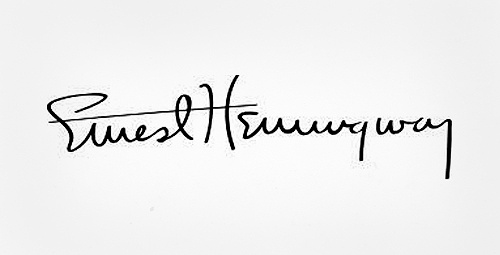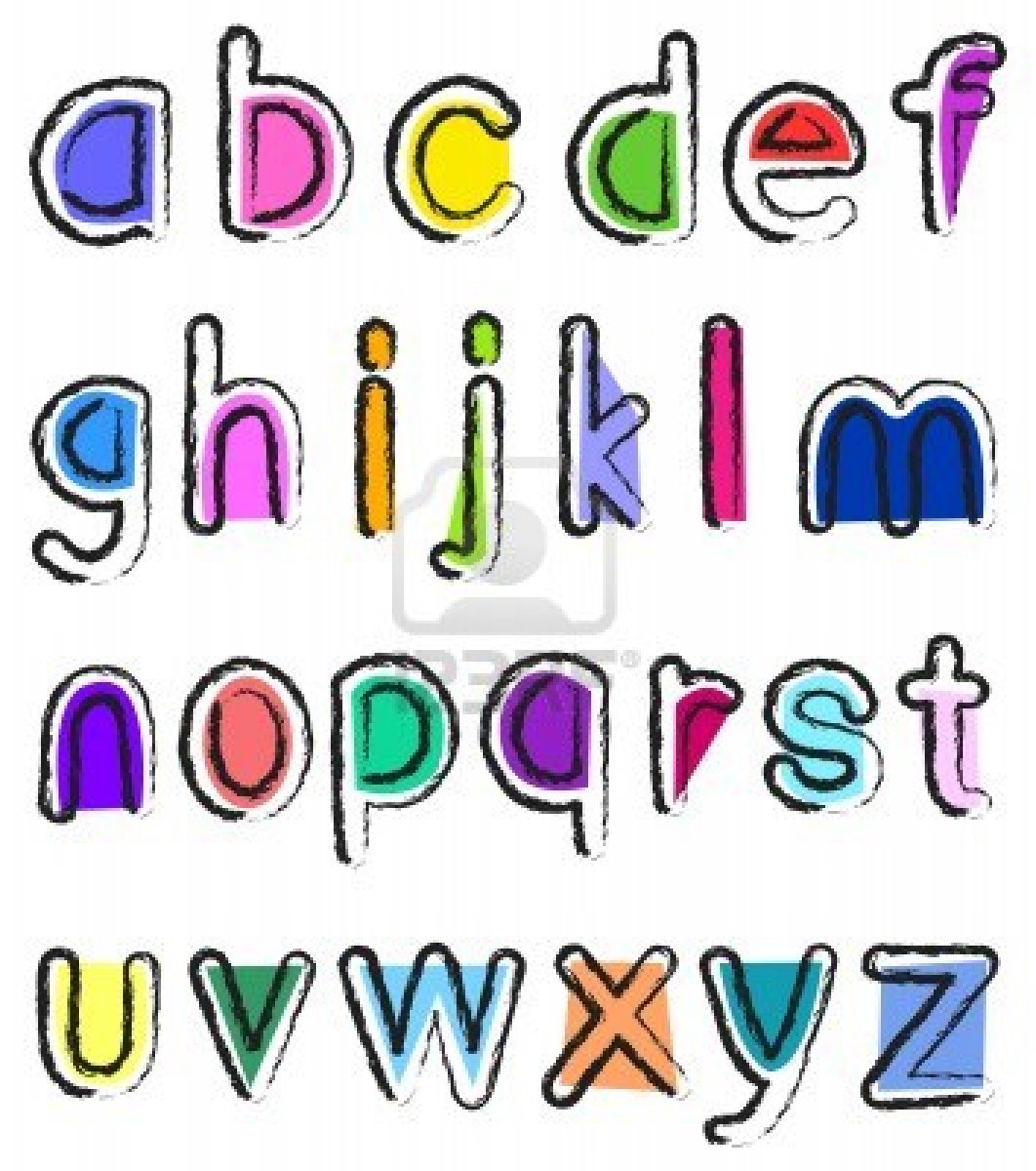It is said that your signature tells a lot about your personality. What do you think?
Try this simple exercise. On a piece of paper write a short note to someone and then sign it. Done??? Let’s now analyze your signature. Ready?
♥If your first name is more prominent than your surname , then you have positive feelings about your childhood and your “private” life is more important than your “public” life.
♥Do you use initial letters in your signature? If it is in your first name , then you want to keep your personal life more secretive
♥If you have a legible signature, then you have clear ideas and objectives. If it is illegible , then you are less confident and tend to avoid conflict.
♥If you have a rising signature, then you are optimistic and ambitious. A descending signature will indicate you lack self-confidence and tend to get depressed. A horizontal signature will suggest you are a well-balanced person.
♥If you sign in capital letters, then you are arrogant.
♥Finally, if your signature is bigger than the rest of the document , it means you have a high opinion of yourself and if it smaller you might be insecure and have low self-esteem.
Well, well… after learning all these things I might consider changing my signature. What about you? Do you believe in Graphology?
Watch this video where a graphologist analyses the signature of several famous people and try to answer the questions
Question 1. What does the underscore in a signature tell us about this person?
Question 2. What do we learn of Elisabeth I from her signature?
Question 3. According to the expert, what does a rising signature indicate?
Question 4. What does an underscore looking like a dollar sign say about the person?
Answers: Watch the video again in youtube (click here). Activate the subtitles feature and check your anwers.
 I know what I want to say but I don’t seem to find the right words. I write and cross off, write and cross off and the whole process is repeated all over again until I find myself wondering what the point of writing a lengthy introduction is when I can never be sure if there is anybody out there reading it. And then, this week three teachers from different parts of the world kindly wrote a line to let me know they are on the other side, and paying attention. Thank you, you cannot begin to imagine how motivating your words have been.
I know what I want to say but I don’t seem to find the right words. I write and cross off, write and cross off and the whole process is repeated all over again until I find myself wondering what the point of writing a lengthy introduction is when I can never be sure if there is anybody out there reading it. And then, this week three teachers from different parts of the world kindly wrote a line to let me know they are on the other side, and paying attention. Thank you, you cannot begin to imagine how motivating your words have been.